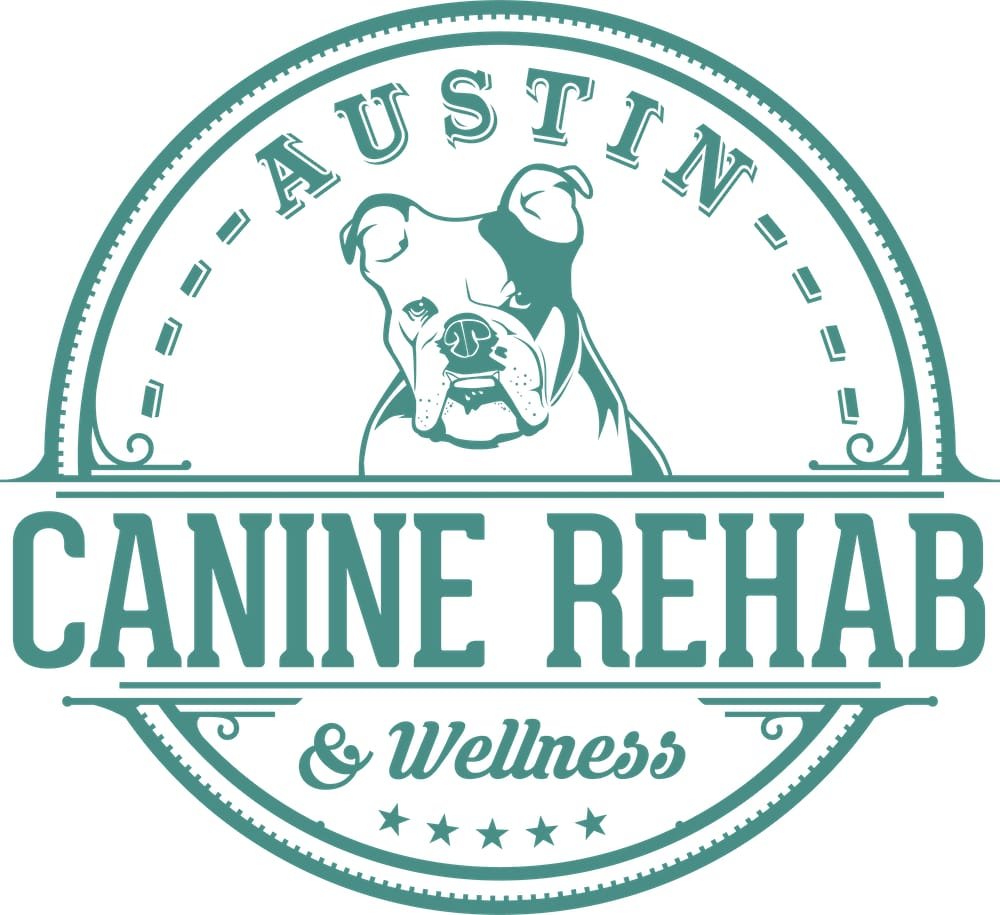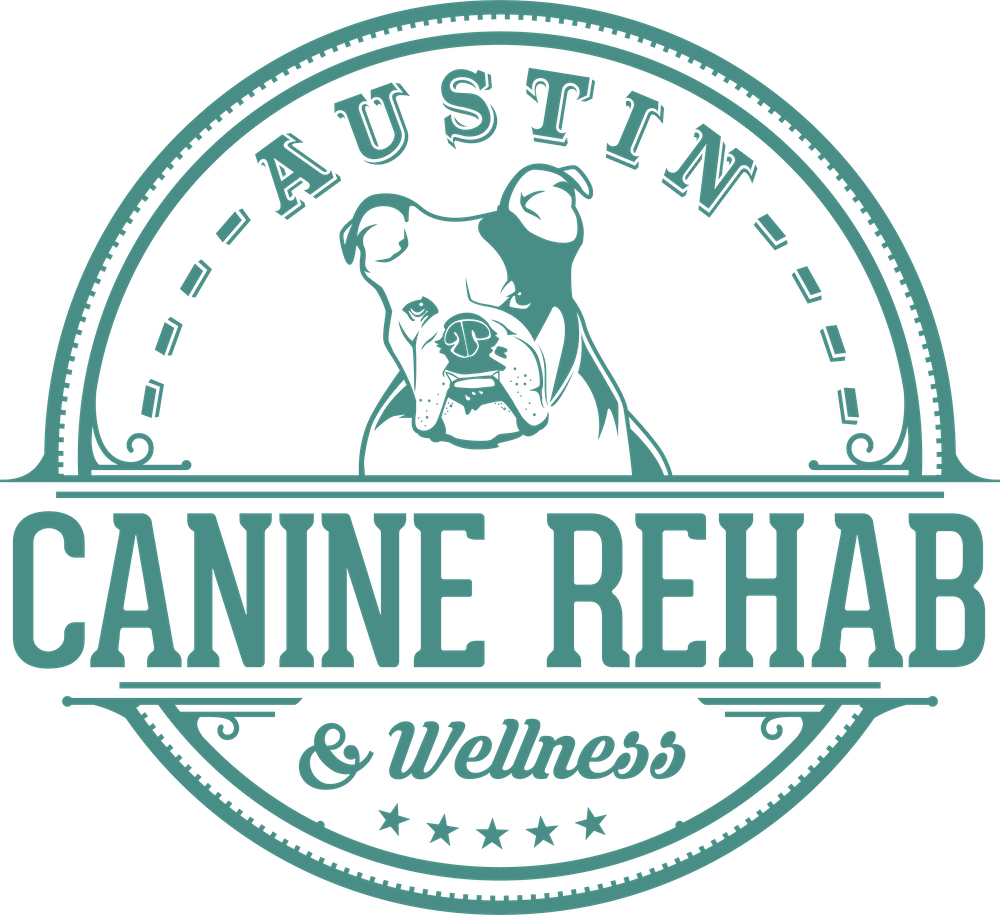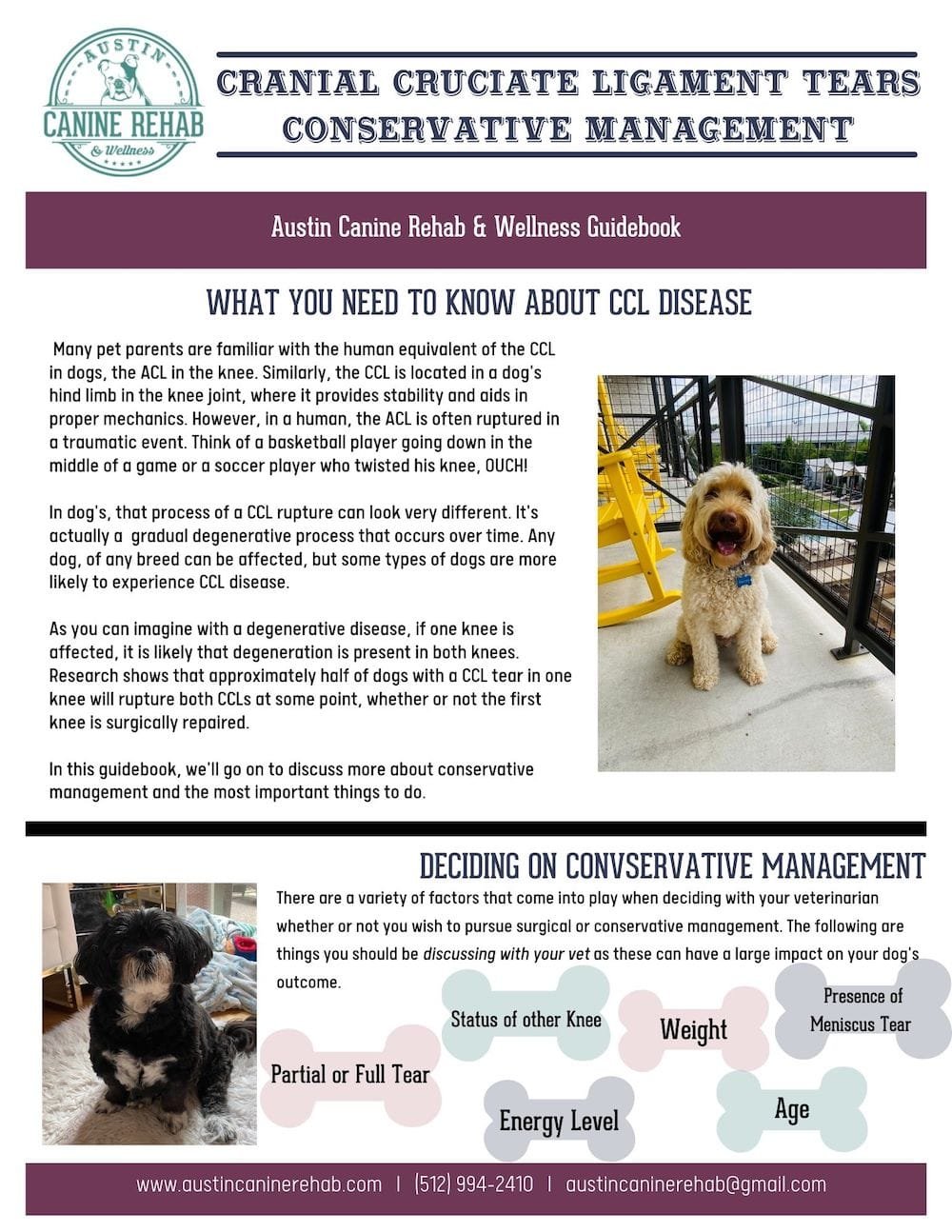CCL Tears in Dogs
Were you just told by your vet that your dog has a CCL tear?
It happens to be one of the most common orthopedic injuries in dogs! So what even is the CCL and how did this happen to my dog?
The Cranial Cruciate Ligament or CCL is very similar to the ACL in a human. The CCL lends stability to a dog’s knee joint. Without an intact CCL, the tibia or lower leg will jut forward when the dog is weight bearing through the leg whether in standing or during walking. Unlike humans who generally tear their ACL in a traumatic event, CCL tears typically occur progressively over a long period of time. A CCL tear is often characterized by a slow deterioration of the ligament and that is what you will hear a CCL tear also referred to as Cranial Cruciate Ligament Disease. This is one reason why CCL tears can be seen in adult or senior dogs. Once this ligament is partially or fully torn, the stability of the knee becomes compromised.
Don’t worry, dogs can and do recover from CCL injuries!
What kind of dog is most affected?
Any dog, of any breed can be affected, but some types of dogs are more likely to experience CCL disease. In general a female, spayed, large breed dog is one of the mostly likely candidates. As you can imagine with a degenerative disease, if one knee is affected, it is likely that degeneration is present in both knees. Research shows that approximately half of dogs with a CCL tear in one knee will rupture both CCLs at some point, whether or not the first knee is surgically repaired.
That’s why canine rehab is SO important whether or not you pursue surgical or conservative management!
Classic Signs of a CCL Tear
Your dog may be seen sitting often in what can only be described as a “sloppy sit”.
In rehab terms you will see an exaggerated knee and ankle extension like in the picture shown.
Compare that to a dog who sits “squarely”.
Other Signs You May Notice
Lame or intermittently lame on their affected back leg
Muscle wasting on the hind limbs
Decreased hindlimb/knee flexibility
Pain & Swelling
Warmth around the knee joint
Shifting weight to the opposite leg
These are just a few of the clues that lead towards a diagnosis of a full or partial CCL tear.
Treatment of CCL Tears
After your vet provides you a definitive diagnosis of a partial or full CCL tear, you can now proceed in deciding whether to pursue conservative (non-surgical) or surgical management of the tear. Your vet will make their recommendations for surgery based on your dog’s comorbidities and whether your dog has a full tear, partial tear, or meniscal involvement.
After you’ve got a clear plan of how you’d like to proceed, whether surgical or non-surgical, we are here to help! Let’s look at the following examples!
Let’s say you decide to go with the recommendation from your vet for a TPLO surgery to help repair the cranial cruciate ligament. You think well, surgery should fix everything if it is successful. True! But your dog may have already started to develop compensations long ago. Your dog will have better success after surgery if you start to address some of these compensations now. In the human physical therapy world, this is called “pre-hab”. Simply put, it’s the implementation of canine rehab before surgery to promote better outcomes post-surgically.
Now on the other hand, maybe your vet says that your dog only has a partial tear and it’s up to you whether or not you’d like to go forward with surgery or instead try a conservative approach first. The good news is, conservative management of a CCL tear can be successful with the right plan of care specifically designed with your pup in mind!
Let’s not forget, as mentioned above, that half the dogs who rupture one CCL will go on to rupture the CCL in their other leg at some point. This should perhaps be the MOST supporting evidence of the need for PROPER (not cookie-cutter, one size fits all) rehab for your dog no matter the approach, surgical or conservative. No matter how you go about it, having someone who can recognize and address your dog’s compensations and tailor a program just to their needs will help prevent and treat future issues.





